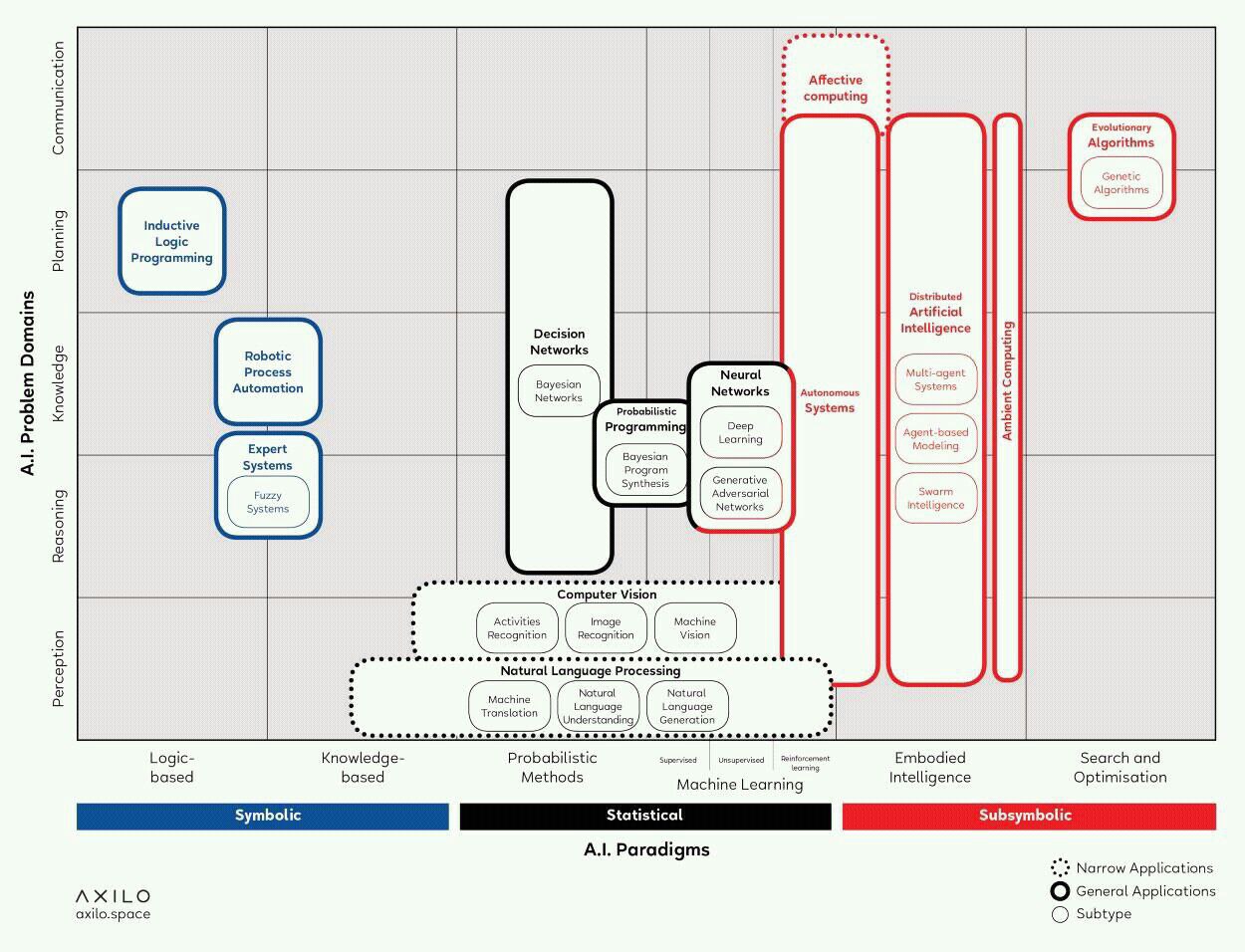› Forums › IoTStack › Announcements(IoTStack) › How to classify AI technologies
Tagged: Tech_G15
- This topic has 1 voice and 0 replies.
-
AuthorPosts
-
-
March 1, 2019 at 5:51 am #28525
#Announcement(IoTStack) #Report [ via IoTForIndiaGroup ]

I. Introductory thoughts
Ihave been in the space of artificial intelligence for a while, and I am aware that multiple classifications, distinctions, landscapes, and infographics exist to represent and track the different ways to think about AI. However, I am not a big fan of those categorization exercises, mainly because I tend to think that the effort of classifying dynamic data points into predetermined fix boxes is often not worth the benefits of having such a “clear” framework (it is a generalization of course, cause sometimes they are extremely useful).
When it comes specifically to artificial intelligence, I do also think that many of the categorizations out there are either incomplete or unable to capture strong fundamental links and aspects of this new AI wave.
So let me first tell you the rationale for this post. Working with strategic innovation agency Chôra, we wanted to create a visual tool for people to grasp at a glance the complexity and depth of this toolbox, as well as laying down a map that could help people orientating in the AI jungle. You should look at the following graph as a way to organize unstructured knowledge into a sort of ontology with the final aim not to accurately represent all the existing information on AI but rather to have a tool to describe and access part of that information set.
What follows is then an effort to draw an architecture to access knowledgeon AI and follow emergent dynamics, a gateway on pre-existing knowledge on the topic that will allow you to scout around for additional information and eventually create new knowledge on AI.
The utility of the final work should therefore help you achieve three things: making sense of what is going on and have a map to follow the path; understanding where machine intelligence is used today (with respect to where was not used for in the past); understanding what and how many problems are reframed to make possible for AI to tackle them (if you are familiar with the work of Agrawal et al., 2018 those are direct consequences of the drop in cost of prediction technologies).
This article in principle targets both people who are starting in AI to give them a broad sense of what is out there, as well as experts and practitioners who are experimenting with these technologies for a while (with an explicit request to send me feedback on how you would structure it or other technologies that should be captured by AI spectrum).
I am also very well aware this is an ambitious task, so simply look at this as a first draft or attempt to do it rather than a final written-in-stone solution.
-
-
AuthorPosts
- You must be logged in to reply to this topic.
